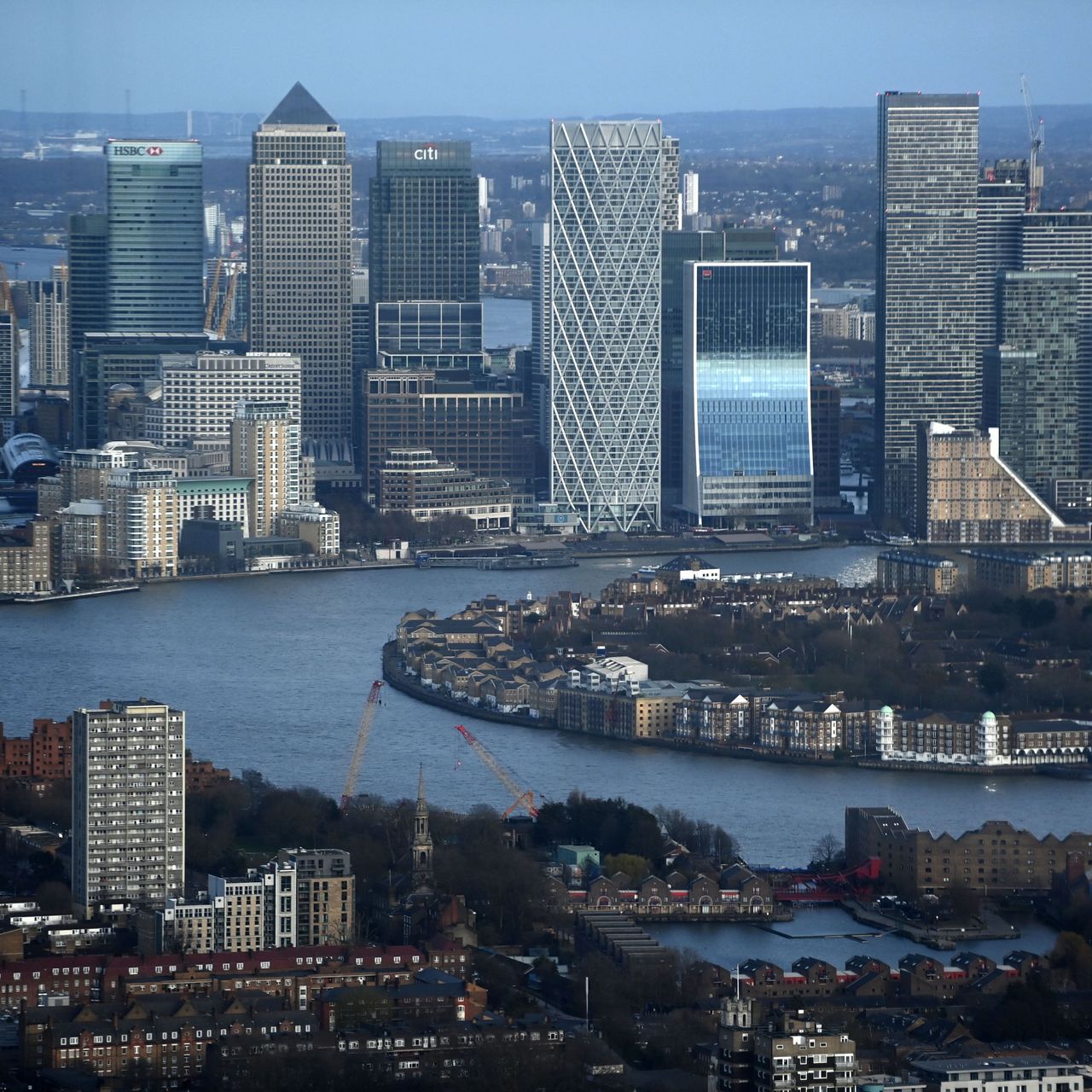Introduction:
Nestled along the Thames River, Canary Wharf stands as London’s iconic financial district, with its towering skyscrapers, modern architecture, and bustling business environment. As professionals consider making this area their workplace or even their home, a pivotal question surfaces: Is Canary Wharf safe? In this blog, we’ll explore the safety dynamics of Canary Wharf, examining crime rates, security measures, and the factors contributing to the overall safety of this dynamic and sophisticated district.
Crime Rates in Perspective:
Understanding the safety of Canary Wharf begins with a thorough examination of crime rates in the area. As of the last available information, Canary Wharf experiences relatively low crime rates compared to other parts of London. The district’s status as a financial hub contributes to a heightened focus on security, providing a generally safe environment for residents, workers, and visitors.
Professional Environment:
Canary Wharf is synonymous with London’s financial and business landscape. The district hosts numerous multinational corporations, financial institutions, and professional services. The professional environment often contributes to a well-monitored and secure atmosphere, especially during business hours.
Security Measures:
Canary Wharf boasts a robust security infrastructure, including a dedicated team of security personnel, surveillance systems, and controlled access points. The implementation of these security measures contributes to the overall safety and well-being of those within the district.
Transportation Accessibility:
Canary Wharf benefits from excellent transportation links, including the Jubilee Line, Docklands Light Railway (DLR), and riverboat services. Busy and well-monitored transportation hubs enhance the overall sense of security for residents, workers, and visitors alike.
Community Engagement:
While Canary Wharf is primarily a business district, efforts are made to foster a sense of community among those who live and work in the area. Residents actively engage in local events, networking opportunities, and community initiatives, contributing to a collective commitment to maintaining the safety and well-being of Canary Wharf.
Quality of Life:
Canary Wharf offers a high quality of life with its modern amenities, upscale residential options, and a range of leisure and recreational facilities. The combination of these factors often attracts a demographic that values safety, contributing positively to the overall safety profile of the district.
Cultural and Recreational Offerings:
Beyond its financial prowess, Canary Wharf provides cultural and recreational offerings, including art installations, waterfront parks, and upscale dining and shopping options. These amenities contribute to a vibrant and well-rounded lifestyle while maintaining a focus on safety.
Conclusion:
Canary Wharf, with its modern skyline, professional environment, and commitment to security, stands as a symbol of London’s economic prowess. While safety experiences may vary among individuals, the district’s reputation for low crime rates, robust security measures, and a dedication to maintaining a safe and thriving environment contribute to its positive safety profile. For the most up-to-date information, consulting local authorities, law enforcement agencies, or community resources is advisable to ensure that the safety landscape aligns with individual preferences and expectations.

Author: Jon Tabner
Hi! I’m Jon Tabner, I am a Graphic Designer, Blogger and Marketing Executive in profession. Exploring new things, innovation and designing is my passion. Now working as head of Graphic Designing & Marketing Executive team at Print In London and currently I am based in London. I love using my design knowledge to inspire small businesses to think outside the box when designing their print.

